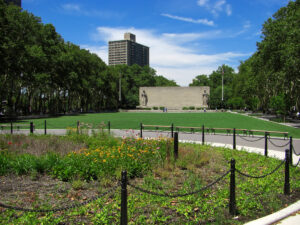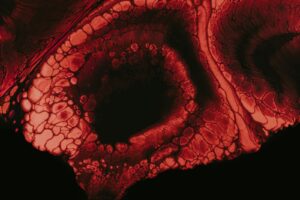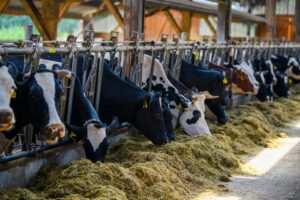A major study has found that access to green spaces such like parks, gardens or tree-lined streets, may help protect children from developing certain neurodevelopmental conditions, especially among disadvantaged communities.
Researchers looked at data from over 1.8 million mothers and their children in the U.S. who were enrolled in Medicaid between 2001 and 2014. They examined how much greenery mothers were exposed to before, during, and after pregnancy, using satellite data that measures how much vegetation is present in a given area.

The researchers then tracked whether the children went on to be diagnosed with conditions such as autism, ADHD, learning disabilities or speech and coordination problems.
The study found that higher exposure to green space was linked with a lower risk of several developmental disorders. For example, children whose mothers had more green space around them during pregnancy were less likely to be diagnosed with autism.
Exposure to greenery before pregnancy was most strongly linked to lower rates of intellectual disability and green space in early childhood appeared to reduce the risk of learning difficulties. These effects were especially strong for Black and Hispanic children, and in urban areas where greenery may be more scarce.
While scientists aren’t yet sure exactly why green space might protect against developmental delays, there are several theories. Green environments may reduce stress, encourage physical activity, improve air quality or influence early brain development, including through epigenetic changes. These benefits could begin before a baby is conceived and continue through pregnancy and early childhood.
Interestingly, the study also found that boys appeared to benefit more than girls in some cases, possibly because male brains are more sensitive to environmental factors during early development.
Stefania Papatheodorou, an associate professor at the Rutgers School of Public Health and senior author of the study said: ‘We observed protective associations between residential green space and several neurodevelopmental outcomes across distinct exposure windows – preconception, prenatal and early childhood – suggesting the involvement of different underlying biological mechanisms.
‘Our findings suggest that enhancing green space access in urban environments may support early childhood neurodevelopment and help reduce the burden of neurodevelopmental delays.’
The full research can be read here.

















Leave a Reply